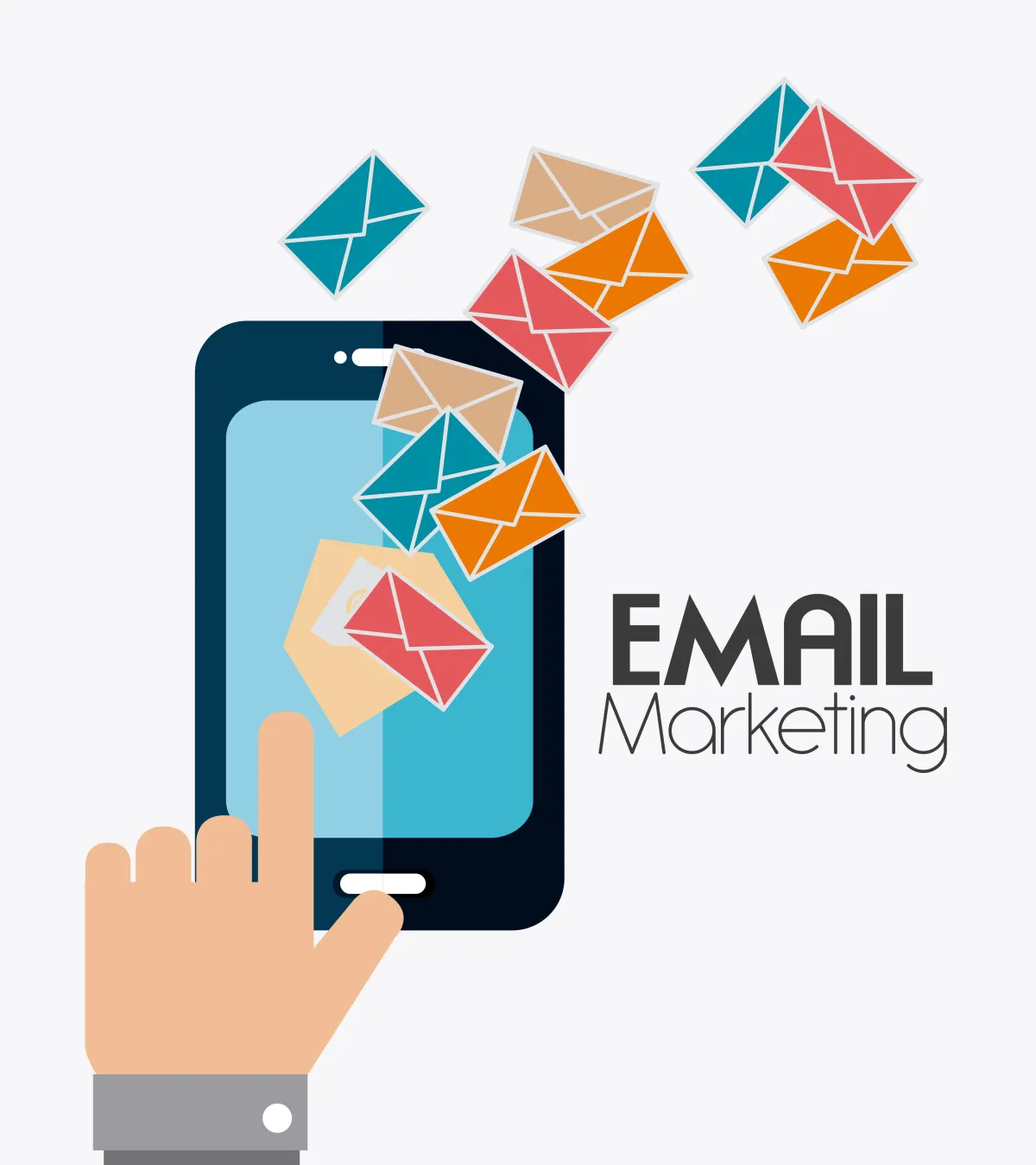
Navigating the New Privacy Regulations: Impacts on Email Marketing and Automation
In recent years, the landscape of digital marketing has undergone significant changes, primarily driven by the introduction of stringent privacy regulations. These laws, including the General Data Protection Regulation (GDPR) in Europe, the California Consumer Privacy Act (CCPA) in the United States, and other similar regulations across the globe, have reshaped how businesses approach data collection, storage, and usage. For marketers, particularly those relying on email marketing and automation, these changes present both challenges and opportunities. Understanding how to navigate this new environment is crucial for maintaining compliance while still achieving marketing goals.
The Rise of Privacy Regulations
Privacy has become a major concern for consumers and regulators alike. High-profile data breaches and the misuse of personal information have prompted governments to enact laws that give consumers more control over their data. GDPR, which came into effect in 2018, was one of the first major regulations to set the tone, imposing strict requirements on how businesses collect, store, and use personal data. The regulation also introduced hefty fines for non-compliance, making it a serious consideration for companies operating within or targeting EU markets.
Following GDPR, other regions have introduced their own privacy laws. The CCPA, for instance, grants California residents the right to know what personal data is being collected about them, request the deletion of that data, and opt out of the sale of their information. These regulations have set a precedent, and it's expected that more regions will implement similar laws in the future.
Impact on Email Marketing
Email marketing has long been a staple of digital marketing strategies due to its effectiveness in reaching and engaging customers. However, privacy regulations have introduced new challenges for email marketers, particularly concerning consent, data storage, and the management of subscriber lists.
1. Consent and Opt-In Practices
One of the most significant changes brought about by privacy regulations is the requirement for explicit consent. Under GDPR, businesses must obtain clear, affirmative consent from individuals before sending them marketing emails. This means pre-checked boxes or passive opt-ins are no longer acceptable. Marketers need to implement double opt-in procedures, where subscribers confirm their interest through a secondary action, such as clicking a confirmation link in an email.
This shift towards explicit consent requires marketers to be more transparent about how they collect and use data. Privacy policies must be clear and easily accessible, outlining exactly what data will be collected, how it will be used, and how individuals can withdraw their consent at any time. While this may reduce the size of email lists, it results in higher quality leads, as those who opt in are genuinely interested in the content being offered.
2. Data Storage and Management
Privacy regulations also place strict guidelines on how personal data is stored and managed. GDPR, for example, mandates that businesses must only keep personal data for as long as necessary for the purpose for which it was collected. This means email marketers must regularly audit their subscriber lists, removing inactive or unengaged users, and ensure that they are only retaining data that is still relevant.
In addition, businesses must implement robust security measures to protect the data they collect. This includes encrypting data, regularly updating security protocols, and ensuring that any third-party service providers, such as email marketing platforms, are also compliant with privacy regulations. Failure to do so can result in significant fines and damage to a company’s reputation.
Impact on Automation
Marketing automation, which often relies on collecting and analyzing user data to personalize communications, is also affected by privacy regulations. While automation remains a powerful tool for marketers, the new regulations necessitate a more cautious approach.
1. Data Minimization
Under GDPR, the principle of data minimization requires businesses to only collect the data they truly need. For marketers, this means being selective about the data points they collect and ensuring that each one has a clear purpose. This can be challenging, as automation tools often thrive on large amounts of data to segment audiences and personalize content effectively. However, by focusing on quality over quantity, marketers can still achieve effective personalization without overstepping regulatory boundaries.
2. Transparency and User Control
Another key aspect of privacy regulations is the need for transparency. Users must be informed about what data is being collected and how it will be used, particularly in automated processes. Additionally, they must be given control over their data, including the ability to access, correct, or delete their information. For marketers, this means integrating features like preference centers, where subscribers can manage their own data and communication preferences, into their automation workflows.
Turning Compliance into Opportunity
While navigating these new privacy regulations may seem daunting, it also presents an opportunity for marketers to build trust with their audiences. By prioritizing transparency, obtaining clear consent, and respecting user preferences, businesses can foster stronger relationships with their customers.
Moreover, the focus on high-quality data and ethical marketing practices can lead to better engagement rates and more effective campaigns. Marketers who adapt to these changes not only ensure compliance but also position themselves as trustworthy brands in an increasingly privacy-conscious world.
In conclusion, the new privacy regulations have undoubtedly impacted email marketing and automation, requiring businesses to rethink their strategies and practices. However, by embracing these changes and prioritizing transparency and user control, marketers can continue to thrive in this new environment, turning compliance challenges into opportunities for growth.
- This is a monthly subscription service.
- A monthly subscription is required for each Google Business Profile location.
- Privacy Policy
- Terms of Service
- Disclaimer
- Cookie Policy
- Accessibility Statement
